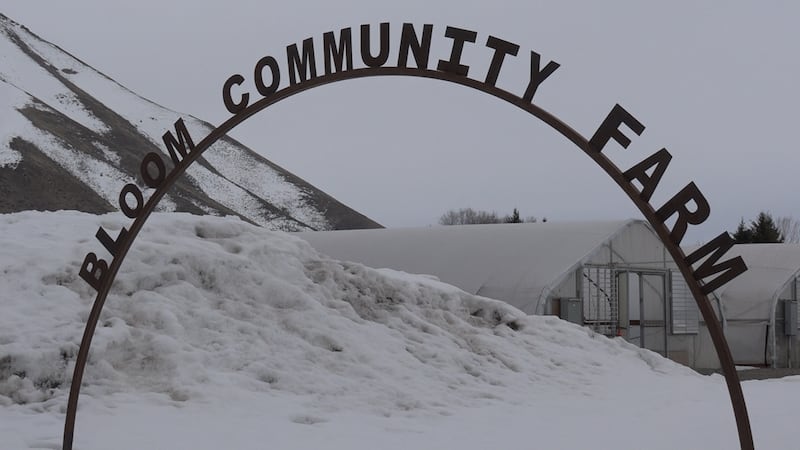Idaho Fish and Games completes fish survey following Quagga Mussel treatment
“We found that mainly the game-fish species, largemouth bass, bluegill, and sunfish were still present and were unimpacted by the treatment.”
TWIN FALLS, Idaho (KMVT/KSVT) — The Idaho Department of Fish and Game has completed a fish survey following the Quagga Mussel treatment.
Chelated copper was identified as the best product to eliminate the mussels in the six-mile stretch of the river where the mussels were found.
Before treatment Fish and Game surveyed multiple sections of the treatment area to assess potential fish mortalities, and over 4,000 fish were shocked, netted, identified to species, marked, and released alive.
Fish and Game anticipated fish mortality could be 100% during the treatment, meaning all fish could have been killed.
During, and post-treatment the finding showed there was nearly 100% mortality on largescale suckers, northern pikeminnow, yellow perch, and white sturgeon. However, many game fish were not impacted.
“We found that mainly the game-fish species, largemouth bass, bluegill, and sunfish were still present and were unimpacted by the treatment.”
All sturgeon mortalities were from hatcheries based on previous sampling, as no natural reproduction of sturgeon occurs in that section. Fish and Game says they will be able to re-populate by growing fish in the hatcheries for longer.
“At the end of the irrigation season each year we have people call in as the canal water starts to de-water and they’ll let us know there is sturgeon in the canal. So, we go out and we rescue those fish so we have the potential of moving those fish back into that reach, which would help re-populate that section.”
Fish and Game estimate there was 100% surgeon mortality within the six-mile treatment area from Shoshone Falls to Centennial Park where 48 sturgeon were detected during the treatment.
Approximately 50 percent of the sturgeon found in the treatment area were relatively small, 8 years or younger, and the other 50 percent were between 28 and 35 years old.
To read the full survey visit Idaho Fish and Game’s website and to watch the full KMVT Rise and Shine interview with Terry Thompson, the Regional Communications Manager for Idaho Fish and Game click the play button on the video above.
Copyright 2023 KMVT. All rights reserved.















